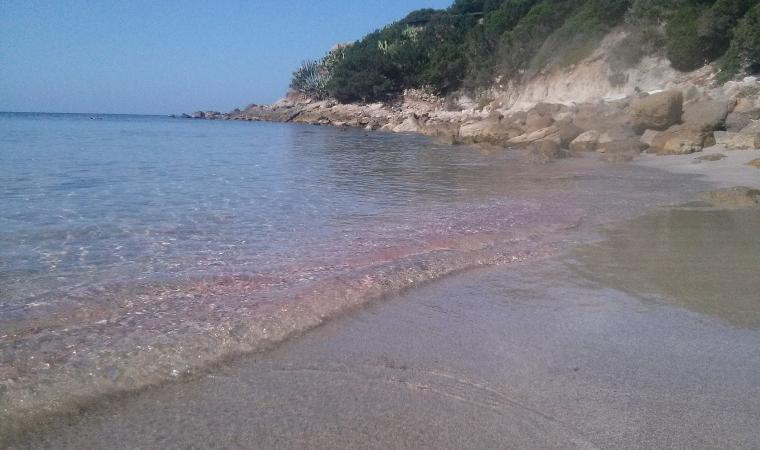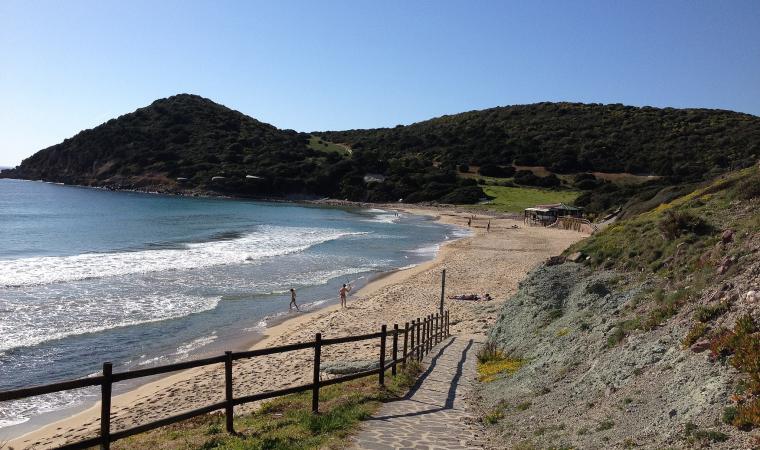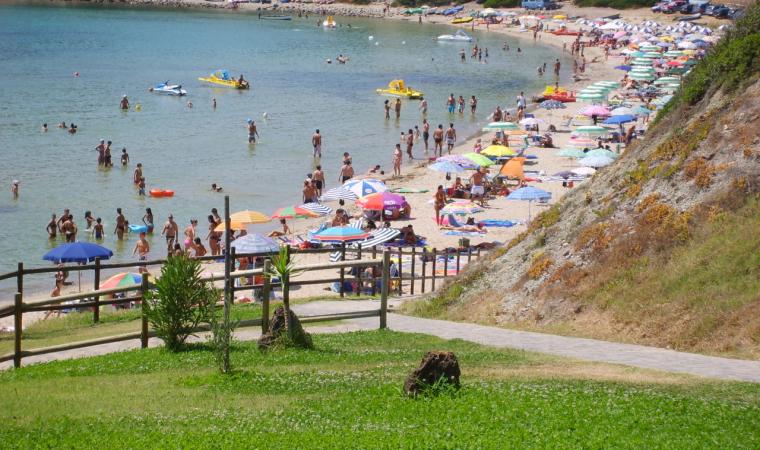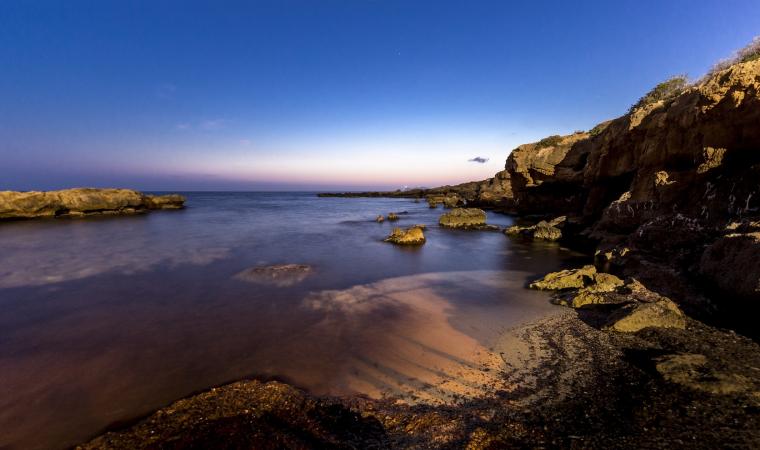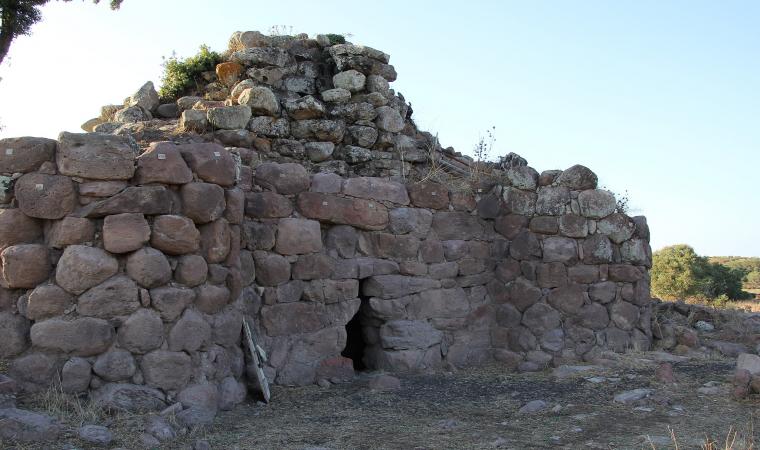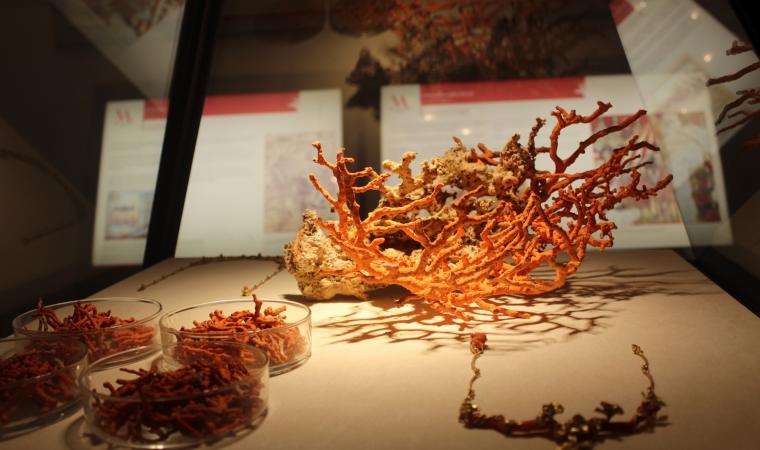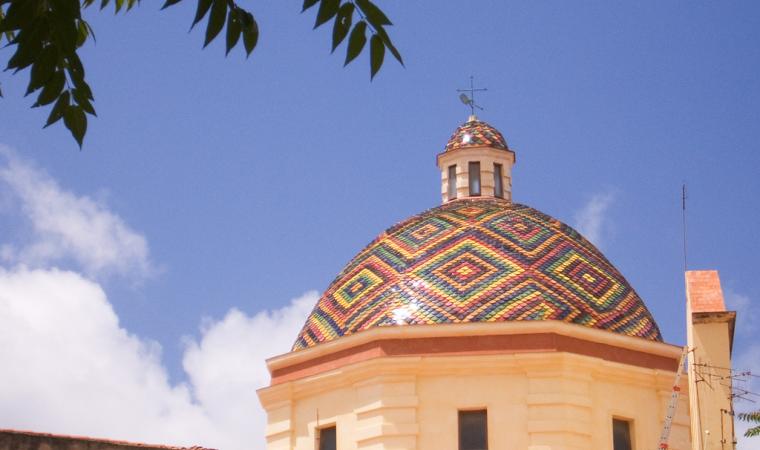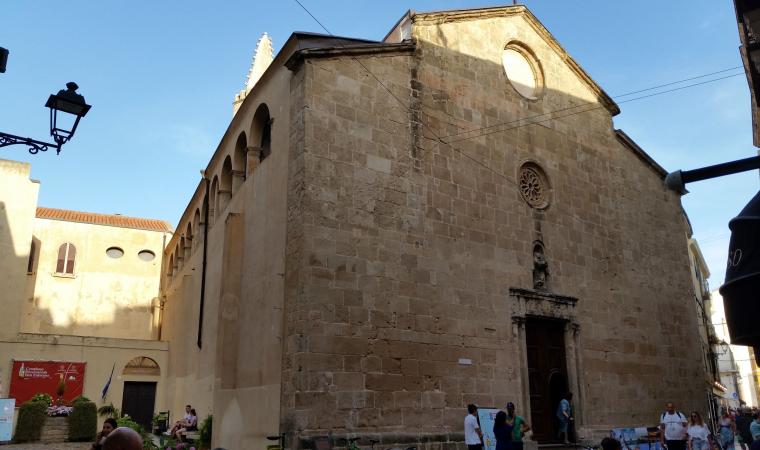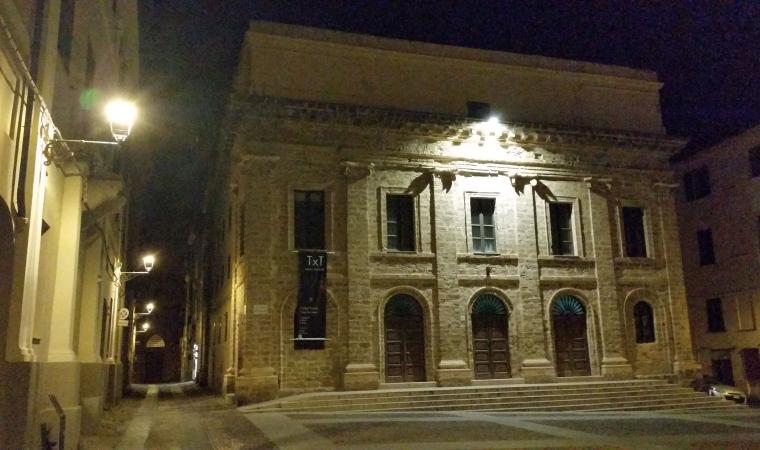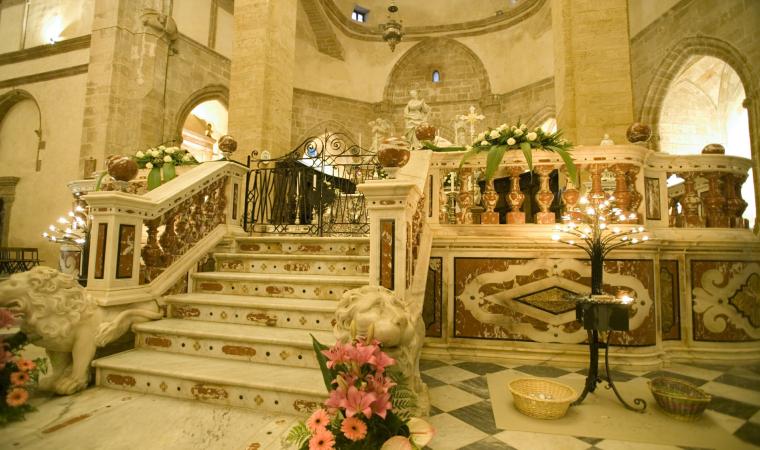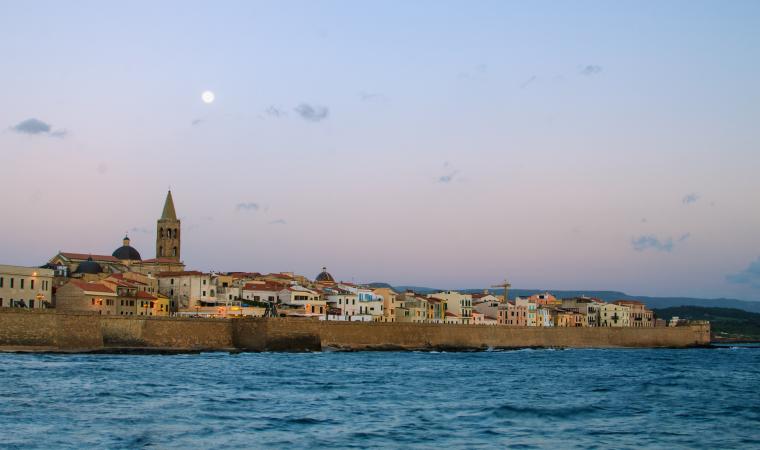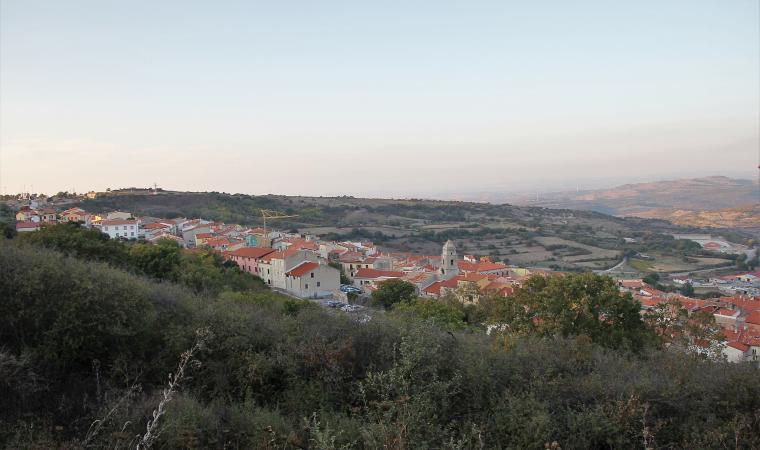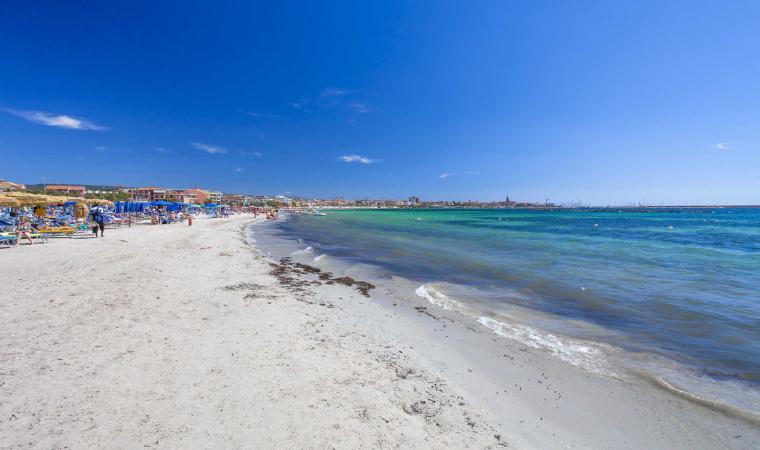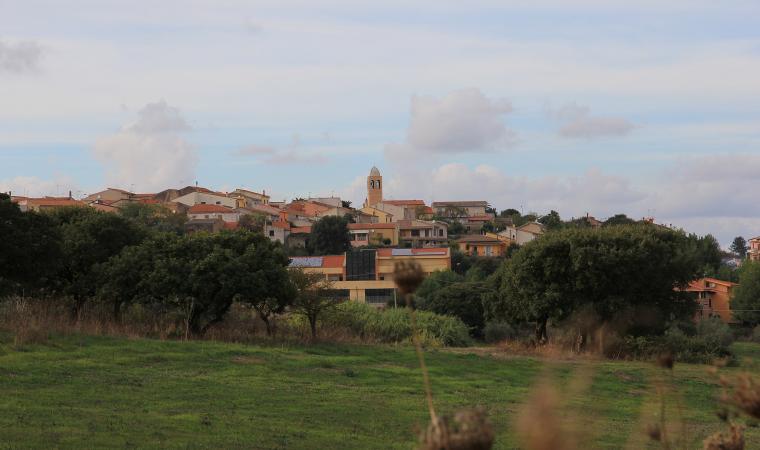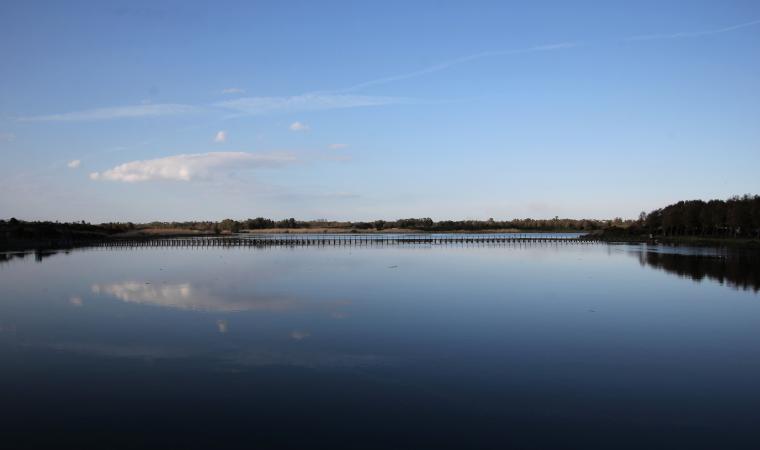'Poglina', that comes from poddine, meaning 'flour', like its fine, weightless sand; 'Corallo', meaning coral, because of the gleaming sandy stretch, 'della Speranza' meaning ‘of Hope', from the locality in which it is located that, in turn, gets its name from the little church of Nostra Signora della Speranza (Our Lady of Hope). These are the three names for which the beach is known. It is a gem on the coast of Villanova Monteleone, a historical village located in the Alghero hinterland, 16 kilometres from the sea and it 'administrates' a 14-kilometre stretch of coastline. You can get to it along Provincial road 49 towards Bosa, eight kilometres south of Alghero, or from the new Provincial road from Villanova to the coast. You will find a wide stretch of about a kilometre and a half of fine, light sand bathed by a bright blue sea, quite sheltered but often rough due to the northwesterly mistral wind, making it popular with windsurfing and surfing enthusiasts. The sand slopes gently and continues to do so in the water too: beneath the shallow waters, the seabed is sandy and dotted with rocky outcrops. On the beach, there is a refreshments point and bathing equipment rental. The car park is also suitable for parking camper vans. In the north stands the ancient tower of Poglina, built during the Spanish domination, from which there is a splendid view: behind the stretch of sand, you will see dense and colourful Mediterranean scrub.
Poglina is the seashore of Villanova, one of the few sandy stretches, along with the beach of sa Murena (on the border of Bosa), surrounded by high (up to 500 metres), jagged cliffs from which steep torrents descend, forming the waterfall of s'istrampu de su Segnore. The Villanova territory is dominated by mount Minerva, a spectacular bastion of volcanic origin with a flat peak, covered in forestland. The village, not far from which there is also Lake Temo, is renowned for its textile art and weaving. In the village centre, you can visit the sixteenth-century parish church of San Leonardo da Limoges, rebuilt in neo-Gothic style in 1789, and the ethnographic museum of sa Domo Manna. Other places of worship are the seventeenth-century church of Madonna del Rosario and, three kilometres from the village, Nostra Signora di Interriors, where the festivities in honour of the Nativity of the Virgin Mary (8 September) are held, as well as those in honour of St John the Baptist, at the end of August. The greatest inheritance from prehistoric times are the domus de Janas necropolis of Puttu Codinu and the archaeological park in which you will find the trilobed nuraghe of Appiu, a village of approximately two hundred huts, another monotower nuraghe, a Tomb of Giants with two dolmens, a megalithic circle and a megaron temple.



